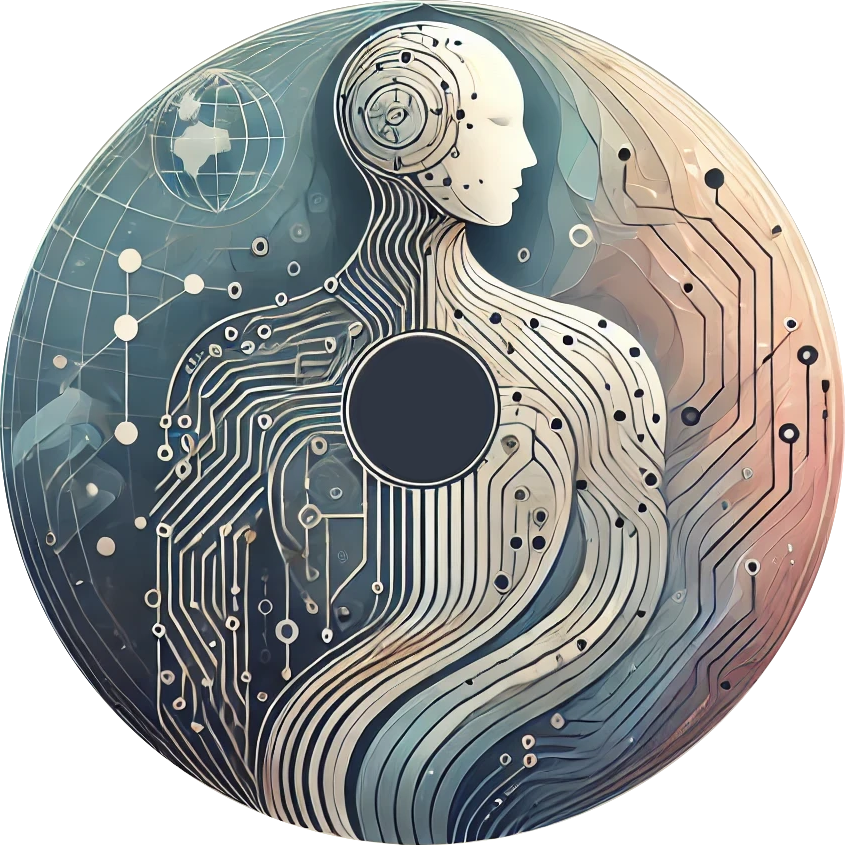Anthropomorphism is when we attribute human traits, emotions, or intentions to non-human entities, like animals, objects, or technology. In AI, this happens when we view or treat machines and software as if they have human-like feelings, personalities, or intentions.
Real-world examples in AI:
- Virtual assistants: people often think of Siri, Alexa, or Google Assistant as “friendly” or “helpful,” even though they don’t actually have feelings or personalities — they’re just programmed to respond in a conversational way.
- Robots: robots with human-like faces or voices can make people feel like they’re interacting with something more “alive.” For example, some hospital robots are designed to appear empathetic, encouraging patients to follow treatment plans.
In AI design, anthropomorphism can make technology easier to relate to, but it can also lead to misunderstandings — like assuming a chatbot understands emotions when it only responds based on data.
